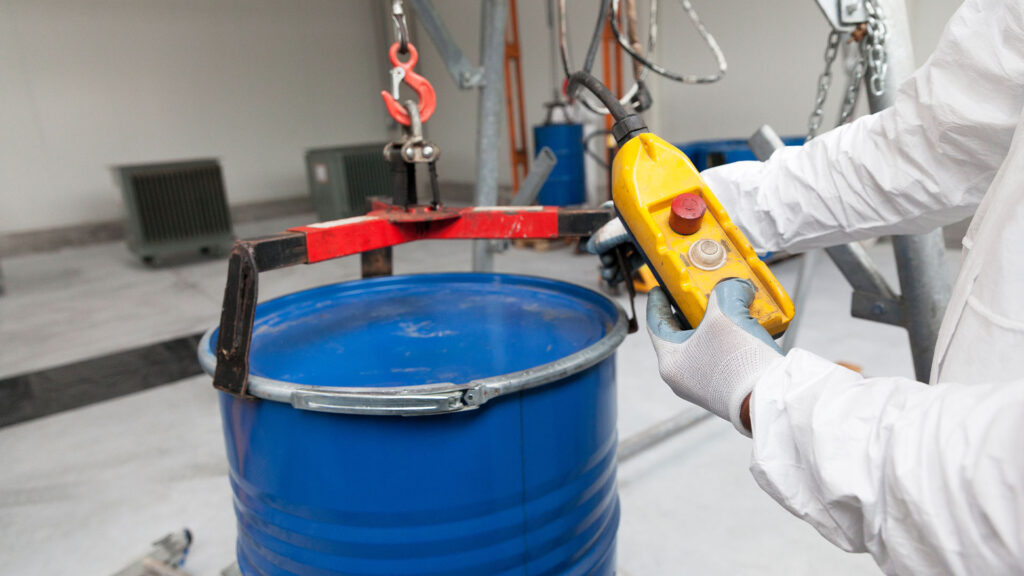Table of Contents
Many small businesses generate hazardous waste and must comply with federal hazardous waste management regulations. As a small business how are you supposed to know what hazardous waste you are producing and how are you supposed to manage it?
Recently, Brad Micheel, P.E., Senior Solution Strategist, Environmental for VelocityEHS hosted a live webinar where he addressed waste management for small quantity generators (SQG), which are companies producing between 100 and 1,000 kg (220 to 2,200 lbs) of hazardous waste per month. In this webinar, he helps with how to identify waste, what is required for SQG waste reporting, and how to expand waste management programs.
Don’t worry if you miss the live event because it is now available on-demand!
What Is Hazardous Waste?
The Environmental Protection Agency (EPA) defines hazardous waste as, “a waste with properties that make it dangerous or capable of having a harmful effect on human health or the environment.” To know if your company is producing hazardous waste, you first need to know which operations generate waste, and understand and apply EPA’s process for determining if waste is hazardous.
According to the EPA, Title 40 of the Code of Federal Regulations (CFR) Section 261.3, describes the hazardous waste identification regulatory program. The EPA also provides a waste identification process to help identify what is hazardous waste.
Requirements for Waste Reporting for SQG
Once you’ve identified hazardous wastes, you must follow numerous requirements to properly dispose of the waste.
You must prepare manifests for each hazardous waste shipment, and you have the option of using electronic manifests. What this means is that each manifest is a key part of the tracking system. These forms have information on the type and quantity of the waste being transported, instructions for handling the waste, and signature lines for all parties involved in the disposal process. Each party handling the manifest signs it and retains a copy for themselves ensuring accountability in the transportation and disposal process.
Pre-transport requirements must be met in accordance with the Department of Transportation (DoT), such as packaging, labeling, marking, and placarding.
RCRA requires generators to keep records of supporting hazardous waste determinations, a copy of each signed manifest, and exception reports for at least 3 years. In addition to regular reporting requirements, there are alternative standards for episodic events, an activity that does not normally occur during generator operations, resulting in hazardous waste.
Incorporating Hazardous Waste Reporting into an Environmental, Social, and Governance (ESG) Program
Sustainability reporting standards and frameworks request information regarding an organization’s waste program. Utilizing the data and reporting gathered in your waste program is an important and easy next step in implementing an ESG program. There are several ways to take waste management reporting to build an ESG program.
Learn all about waste management reporting best practices and how to use it in an ESG program! Watch the full webinar on-demand now!
Want to Know More About Waste Management, VelocityEHS Can Help!
VelocityEHS offers ESG Software that can meet any company’s needs, no matter its size. Our best-in-class ESG Software simplifies programs to address climate concerns and maintain environmental compliance. We can help manage your air emissions, water usage, Greenhouse Gas (GHG) emissions, and waste. Contact us today to learn more about our waste management software.
